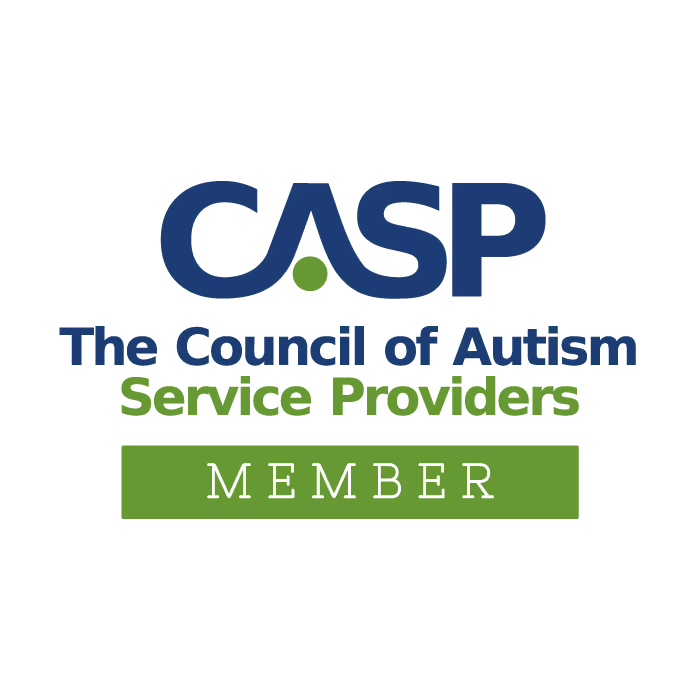It can be hard to get children to sit still in circle time or at a desk. Ideally, we can take the time to see why a child may be having trouble. For those that are young, fidgety or distracted, we need to know they are not doing it to bother us, and we need to have strategies to help them be more attentive. Remember, some children can sit still longer than others. Others children need to fidget or move because their nervous systems just are made that way.
Here are some ideas and strategies for assisting restless kids:
#1-Use a visual cue. For example, if the teacher is reading Spot, the children can hold beanbags, and every time the teacher says Spot’s name, the children have to toss the beanbag into the bucket. This keeps him attentive!
#2-Use carpet squares or bean bag chairs. Space the kids out so they are not on top of each other!
#3-Some kids can not sit unsupported (and unless you are super strong in your core, you can’t, either!). Make sure you identify these kids, and lean them against the wall, let them lie down, or give them a chair with feet on the ground.!
#4-Have the kids stand up, sit down, get involved with the story, and listen for some name or place in the story to stay attentive.
#5-Use a checklist so that kids follow and check off as things are said or done.
#6-Use multi-sensory teaching strategies. March around while doing multiplication tables, have the children stand up while speaking, and develop fun routines during the day to that will get the kids moving around.
#7-Make sure kids have proper chair and desk heights – loose legs will cause loose lips and distracted brains!
#8-Have the children chant back at you when you use certain sayings. For instance, if the teacher says, “The only one stopping you is…”, the class answers, “you!” They know that will come up daily, so they are more attentive
#9-Be proactive, not reactive. If a child seems to have attention issues, refer him for a neuropsychological evaluation. Figure out why sooner rather than than later.
#10-Use visual schedules and timers so the kids know what to expect and know how to stay on task.














